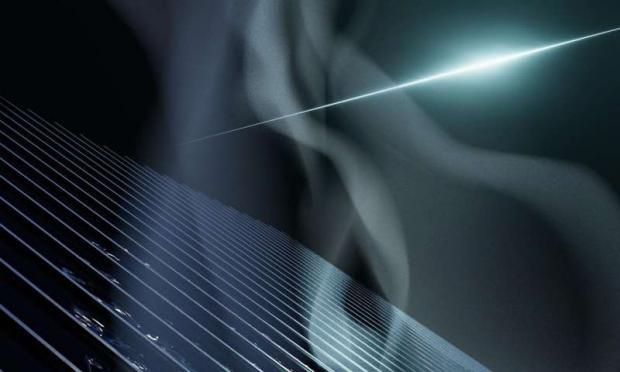
Breaking News
 How a 27-Year-Old Codebreaker Busted the Myth of Bitcoin's Anonymity
How a 27-Year-Old Codebreaker Busted the Myth of Bitcoin's Anonymity
 Old World Order is COLLAPSING: The Death of Europe and the Rise of China
Old World Order is COLLAPSING: The Death of Europe and the Rise of China
 Energy Secretary Expects Fusion to Power the World in 8-15 Years
Energy Secretary Expects Fusion to Power the World in 8-15 Years
 South Koreans Feel Betrayed Over Immigration Raid, Now Comes the Blowback
South Koreans Feel Betrayed Over Immigration Raid, Now Comes the Blowback
Top Tech News
 Tesla Megapack Keynote LIVE - TESLA is Making Transformers !!
Tesla Megapack Keynote LIVE - TESLA is Making Transformers !!
 Methylene chloride (CH2Cl?) and acetone (C?H?O) create a powerful paint remover...
Methylene chloride (CH2Cl?) and acetone (C?H?O) create a powerful paint remover...
 Engineer Builds His Own X-Ray After Hospital Charges Him $69K
Engineer Builds His Own X-Ray After Hospital Charges Him $69K
 Researchers create 2D nanomaterials with up to nine metals for extreme conditions
Researchers create 2D nanomaterials with up to nine metals for extreme conditions
 The Evolution of Electric Motors: From Bulky to Lightweight, Efficient Powerhouses
The Evolution of Electric Motors: From Bulky to Lightweight, Efficient Powerhouses
 3D-Printing 'Glue Gun' Can Repair Bone Fractures During Surgery Filling-in the Gaps Around..
3D-Printing 'Glue Gun' Can Repair Bone Fractures During Surgery Filling-in the Gaps Around..
 Kevlar-like EV battery material dissolves after use to recycle itself
Kevlar-like EV battery material dissolves after use to recycle itself
 Laser connects plane and satellite in breakthrough air-to-space link
Laser connects plane and satellite in breakthrough air-to-space link
 Lucid Motors' World-Leading Electric Powertrain Breakdown with Emad Dlala and Eric Bach
Lucid Motors' World-Leading Electric Powertrain Breakdown with Emad Dlala and Eric Bach
 Murder, UFOs & Antigravity Tech -- What's Really Happening at Huntsville, Alabama's Space Po
Murder, UFOs & Antigravity Tech -- What's Really Happening at Huntsville, Alabama's Space Po
US Army's gravity-defying aluminum panel purifies water with sunlight

A research team from the US Army and the University of Rochester is throwing a new possibility into the mix, showing off a "superwicking" aluminum panel that uses solar power to purify water with great efficiency.
Solar power has proven a popular choice when it comes to powering low-cost water purifiers, with sunlight long known to destroy waterborne pathogens. We have looked at quite a few technologies over the years that leverage this process to produce clean water through low-cost and portable platforms, but the researchers behind the latest system say it offers an entirely new level of efficiency.
The technology begins with a regular aluminum panel, which is treated with ultrashort femtosecond laser pulses to produce an open-grooved surface that is pitch black. This makes the material highly absorptive and "super-wicking," enabling it to draw a thin film of water from a reservoir up over the metal's surface, even against the forces of gravity.
While this is going on, the pitch black material gathers energy from the sun and is able to retain nearly all of it to heat up the water. The structures etched into wicking surface then alter the molecular bonds in the water, increasing the efficiency of the evaporation process that rids it of its contaminants.



